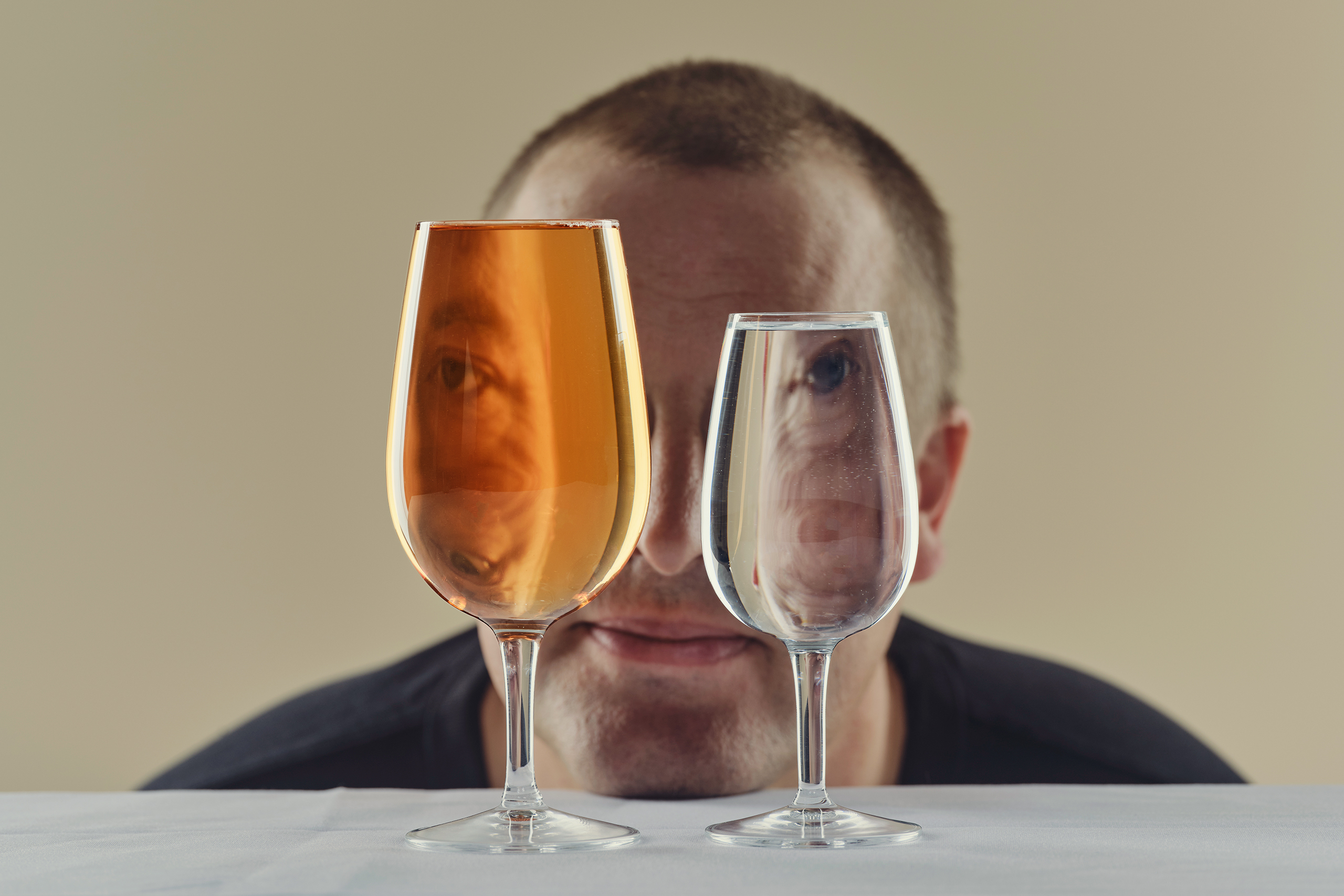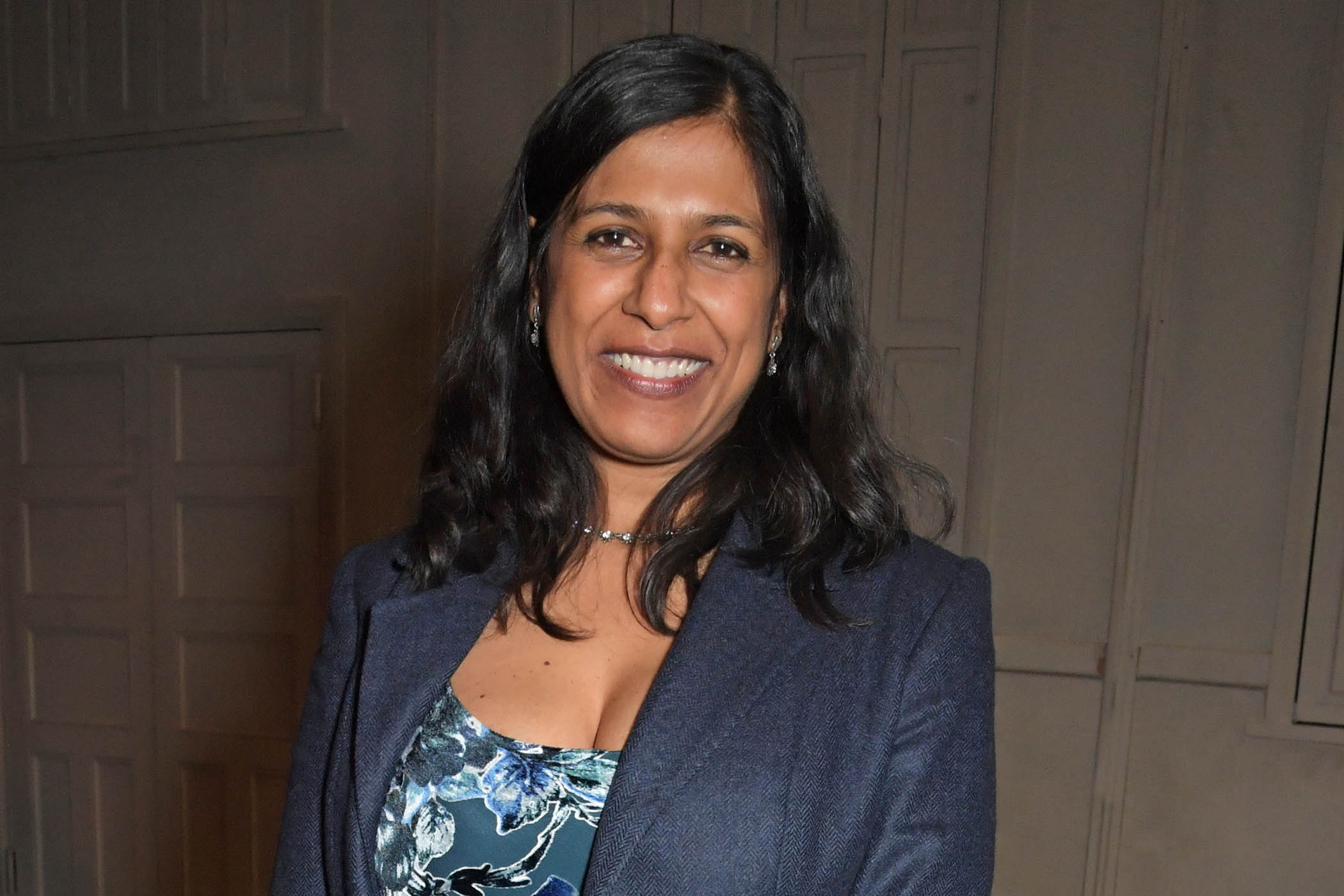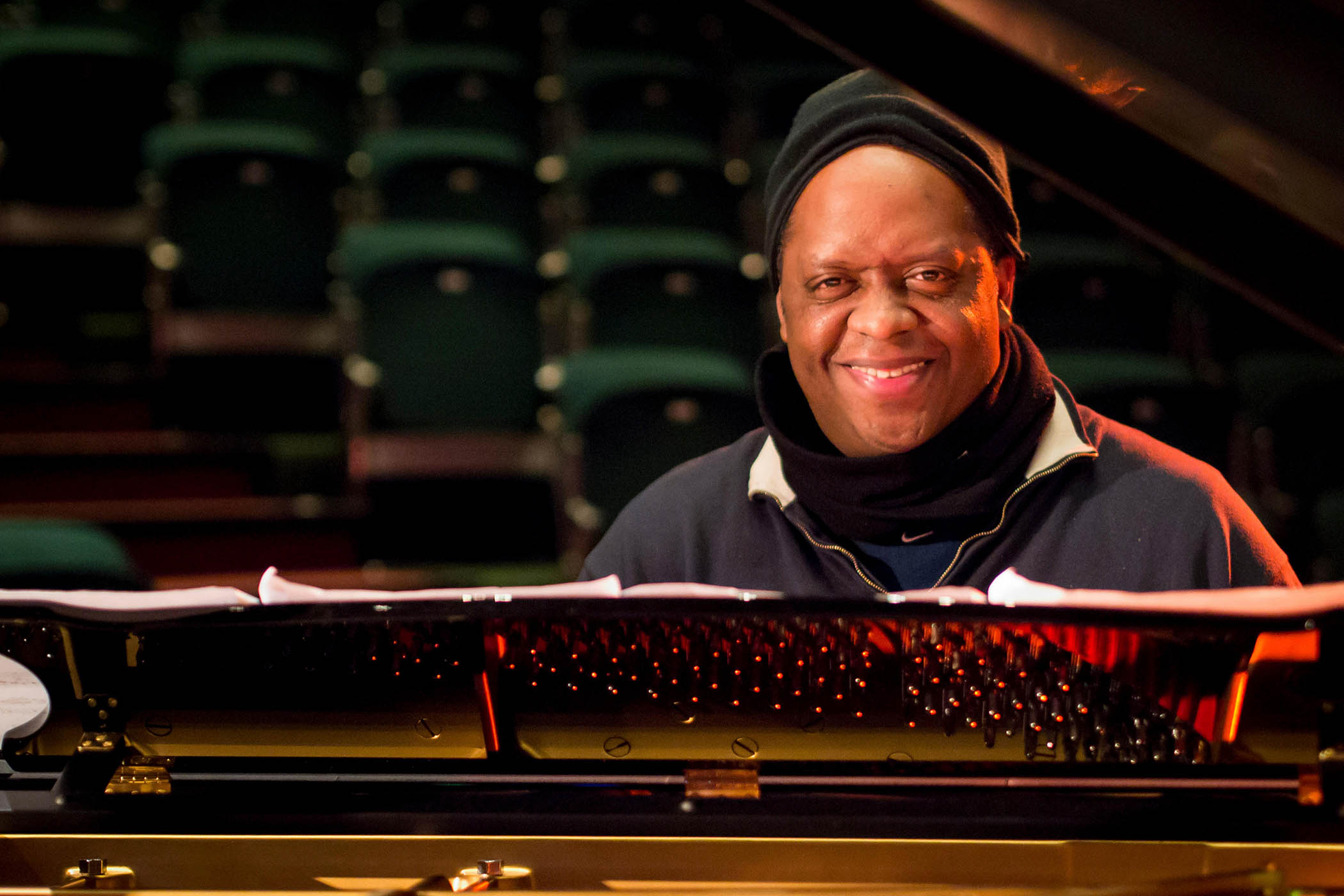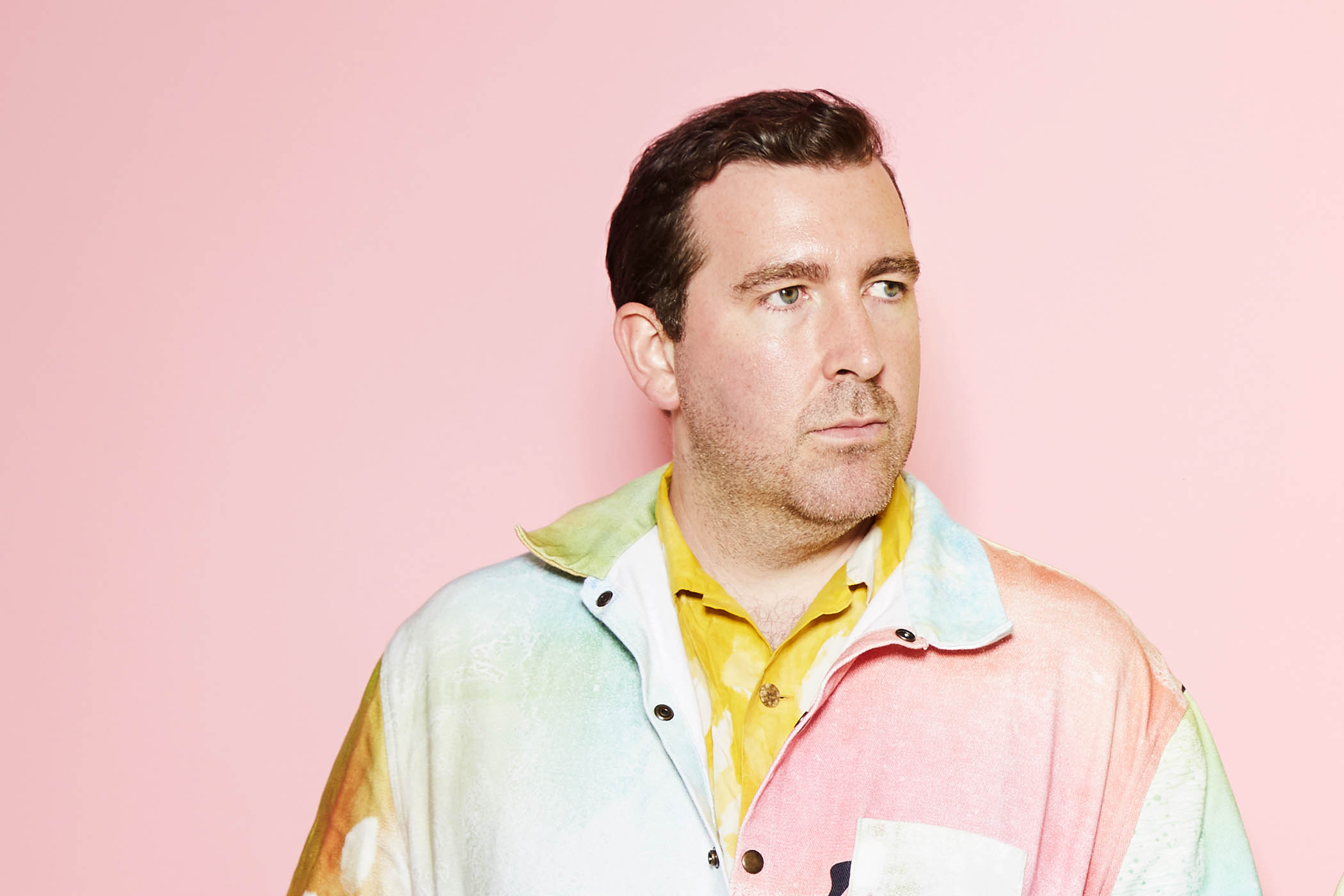
The Hot Chip star on the power of Nickel Boys, a ballpoint biro masterpiece, and getting into Fela Kuti
Joe Goddard was born in London in 1979. He founded the synth-pop band Hot Chip with schoolmate Alexis Taylor and they started releasing music as a five piece in the early 2000s. Their Mercury-nominated second album The Warning (2006) brought them to mainstream attention and the band have since put out six more albums. Goddard has released three solo albums through his label Greco-Roman and he is part of the electronic duo the 2 Bears. Hot Chip, whose best-of album Joy in Repetition was released in September, play Rough Trade East on 18 November. Goddard lives in Kent with his family.
Restaurant
The Fordwich Arms, Kent

I live in Folkestone now, so my family and I have been exploring local restaurants. The Fordwich Arms is one of the best in the area. It’s in a tiny village, in a beautiful setting by a little river, and I found the food to be really fantastic. There’s an amazing bread course with bacon butter that they bring at the start, and their duck liver parfait with warm doughnuts is unctuous and great. It’s got a Michelin star, but it’s not overly fancy. It’s become one of our favourite places to go for a treat.
Film
Nickel Boys (Dir RaMell Ross, 2024)
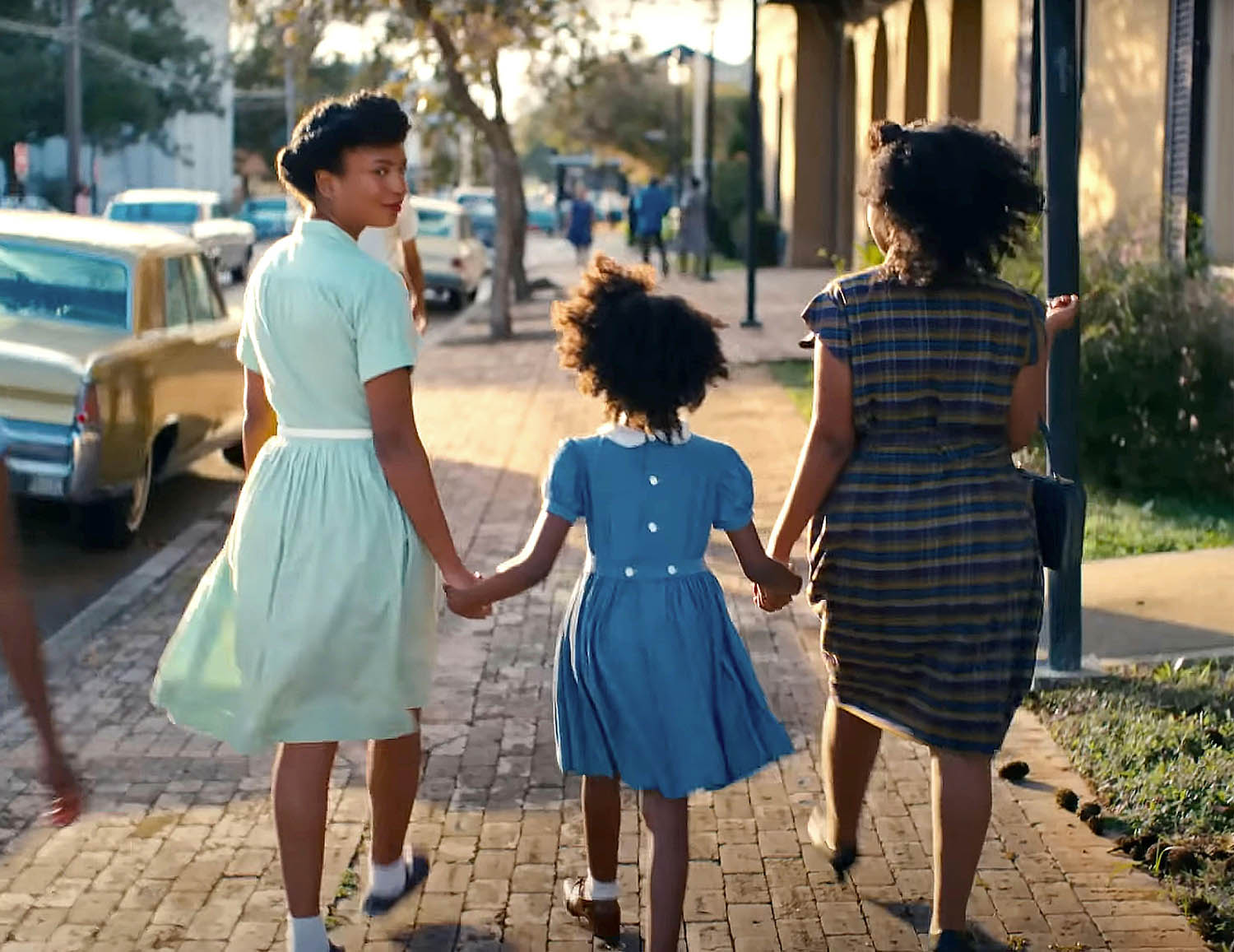
My dad is a film editor, so he was always introducing us to films when we were kids, and I’ve loved cinema ever since. I was really bowled over by this film, set in the Jim Crow south, about two black teenagers who end up at an awful, violent reform school called the Nickel Academy and how their lives are derailed by it. There’s a really incredible device where the camera shows the perspective of the two boys. It takes some getting used to but it’s very effective and the film is just emotionally devastating.
Related articles:
Graphic novel
My Favourite Thing Is Monsters by Emil Ferris
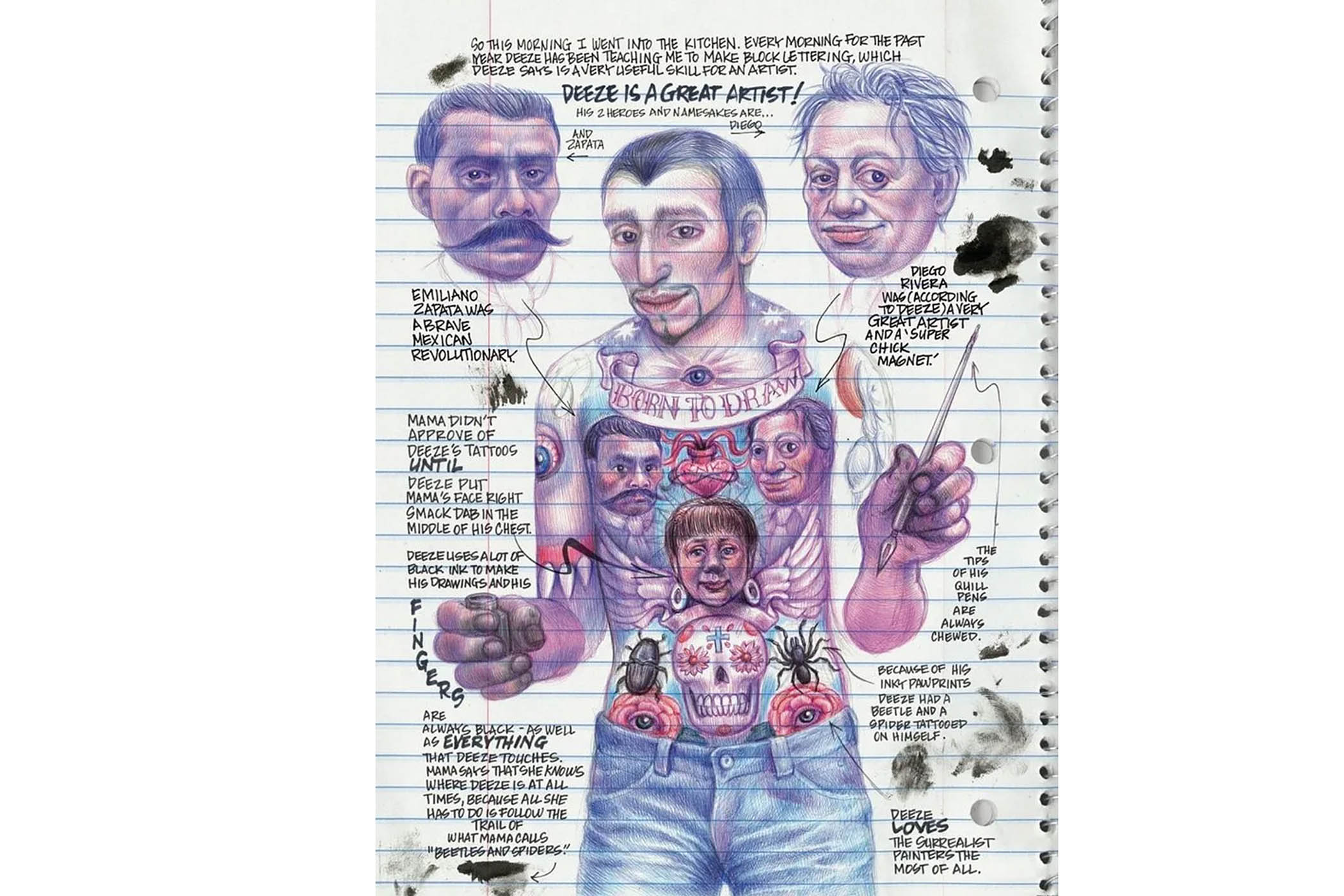
This is a work of art. It’s quite complex and dense, and if someone hasn’t explored graphic novels before, it might be difficult to get into at first. It’s set in 1960s Chicago, and on one level it’s a noir detective story about a girl investigating the murder of a woman in her apartment building. Within the graphic novel, she also learns about art history and draws old masterpieces in the pages in ballpoint biro. It’s quite epic; the second volume came out last year. I highly recommend it to anyone.
Music
Fela Kuti: ITT (Rahaan edit)
I bought a vinyl pack of edits by the Chicago DJ Rahaan a few months ago from Phonica Records in Soho – I’m not sure if you can find a digital version online – and I’ve been playing this edit in all of my DJ sets. It’s a transcendentally great piece of music. I’ve always loved Fela Kuti’s work but I’m getting more and more into it. The edit strengthens the drums and make it a bit more club-focused, but in a really fantastic way that doesn’t detract from the original track. It has the most incredible groove to it.
Book
The Golden Road by William Dalrymple
I’ve been interested in this author for a while – he wrote a very powerful book about the British in India called The Anarchy. This more recent book is about earlier Indian history. It looks at Buddhism in India and these incredible centres of learning that people would travel from all over Asia to visit. It also tracks the spread of ideas, such as the decimal system, from India through the Middle East and eventually into Europe. I studied history at university, and I find it so fascinating to learn how concepts travel.
Exhibition
Emily Kam Kngwarray at Tate Modern

I went to this show with my wife a few weeks ago and it was great. Kngwarray was an Aboriginal Australian artist who died in 1996. Her paintings initially seem very dense – abstract work that you can kind of get lost in – and they’re very beautiful on a surface level. But as the exhibition continues, it becomes apparent that they say something really profound about the part of Australia that the artist was living in. They speak of the landscape in an incredible way.

